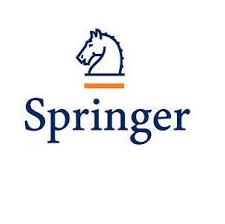4. Conclusion
Based on the average compressive strength after 28-day aging, thermal conductivity, acoustical absorption coeffi- cient, expansion (stretch) after 300 freeze–thaw cycles without salts, and the scaling cumulated mass after 56 freeze–thaw cycles with salts, the following conclusions can be drawn for the studied materials and proportions: - Low-resistance scoria concretes can be used in the domain of thermo–acoustical insulation; - Ternary concretes placed behind binary concretes provide improvements in sound absorption on the order of 75% at low and intermediate frequencies. Thus, they can be used to weaken noise from a room to another or on both sides of a wall;
- By changing the average size of the large aggregate from 5 cm to 10 cm, the scoria concrete strength increases to 8% after 40 freeze–thaw cycles;
- The susceptibility to salt scaling of scoria concrete is not correlated with the susceptibility to internal frost action.
- Coarse scoria were used in two concrete samples of the same density of 450 kg/m3 . The average strength at 28 days was 14 MPa for the sample containing natural aggregates and 16.9 MPa for the soaked aggregates that had previously been mixed with water for 30 min. This represents a relative increase of approximately 20% over the strength of the reference concrete.








